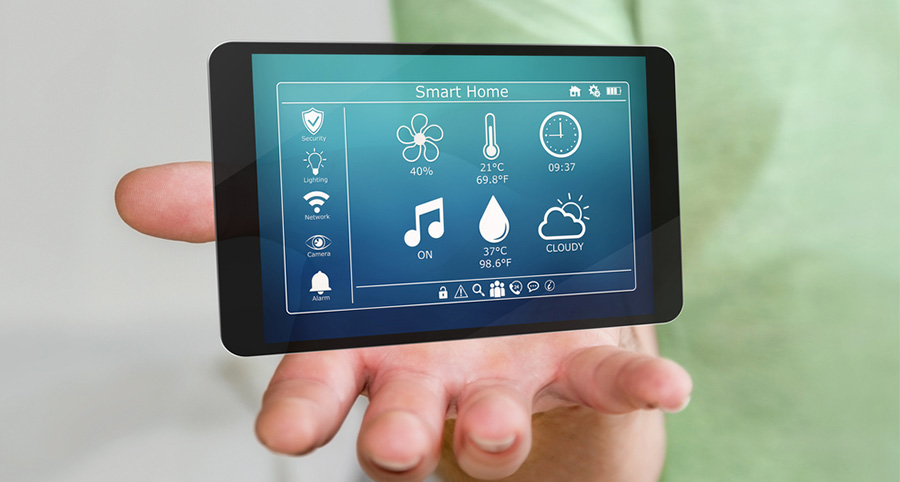
What Is Z-wave And How Do Sensors Function Within My Smart Home In San Jose?
You enjoy the idea of home automation and having the power to manage your lights, entry locks, and other smart devices from any location, but how does it really operate? In order to create wireless links to your home’s smart tools, you need a trustworthy form of communication. This is where Z-wave technology comes in. Explore more about this wireless connectivity standard and why it’s become associated with home automation.
What Is Z-wave Technology?
Turning on your smart lights from afar or having your thermostat automatically adjust relative to the hour of the day seems fairly sophisticated, right? For a great number of people, home automation is still a recent advancement, but the wireless technology that powers it has actually been in use for a significant period of time. Actually, Z-wave has been around for in excess of 20 years. Essentially, it is a mode of wireless communication that enables you to manage and program devices within your home, like door locks, lights, and thermostats. Looking at it from a different perspective, it’s the reason why smart homes are smart.
It’s worth noting that Z-wave works in a mesh network, which means that devices not only communicate to the primary interface but also with one another. Would you like to have your foyer light illuminate if the front door is unlatched? This sort of functionality is possible with Z-wave.
Why Z-wave Devices In San Jose Are Right For Your Home
Z-wave devices are fundamental to your home’s smart system thanks to their wireless capabilities. While Z-wave technology is comparable to other means of wireless communication, like Bluetooth and Wi-Fi, it does work slightly differently. One of the crucial divergences is that it works on a significantly lower radio frequency than Wi-Fi. What this implies is that you don’t need to stress about Z-wave devices experiencing interference with all the phones, TVs, and tablets hooked up to your primary wireless network.
Here are some advantages of Z-wave technology:
- Allows for remote accessibility and automated operation of your home’s smart features
- Steady, low-power radio waves are able to travel easily through walls and floors
- Encrypted communications between your components and hub
- Less network interference and congestion than Wi-Fi as Z-Wave operates on a lower frequency
- Mesh networking and 2-way communications give components the opportunity to interact with one another and the central hub
- Works with smart speakers from Amazon or Google, allowing you to control components via verbalized commands
Since Z-wave technology has existed for quite a long time, it has passed through countless versions and improvements to boost its features, stability, and protection. You won’t have to be concerned about whether the front door truly secured when you scheduled them to.
Request An Automated Home Security System From Secure24 Alarm Systems
Specialists in wireless home automation, Secure24 Alarm Systems is here to customize the adaptable and dependable smart home your family deserves. Would you like to put your lights on a specific timetable or have your entrances fasten automatically? Our home security systems in San Jose will make it a reality, offering you a greater level of comfort and safety. If you need more information about Z-wave devices or wireless features, our experienced agents have answers. Call (408) 641-3351 at your convenience to learn more and begin customizing your own system.
